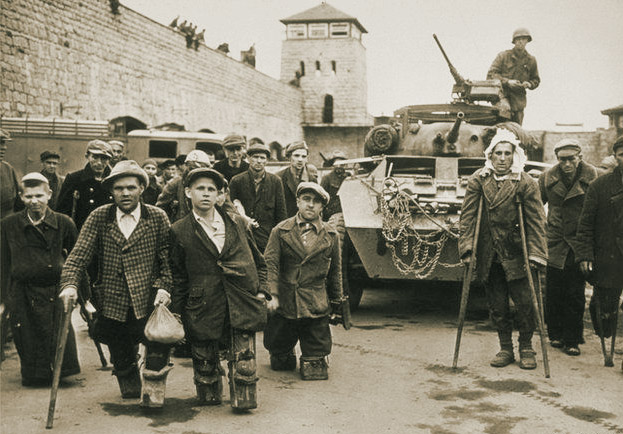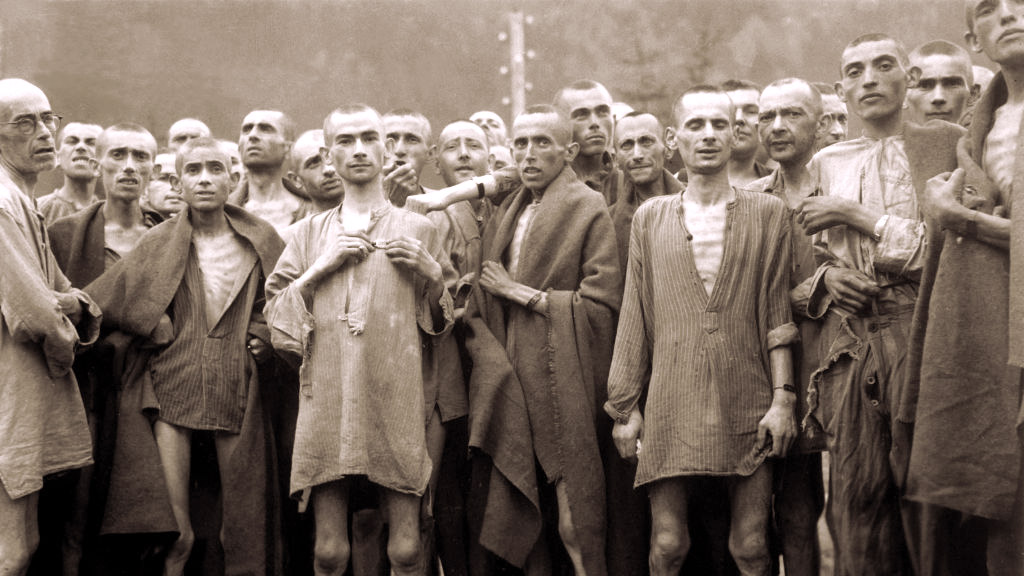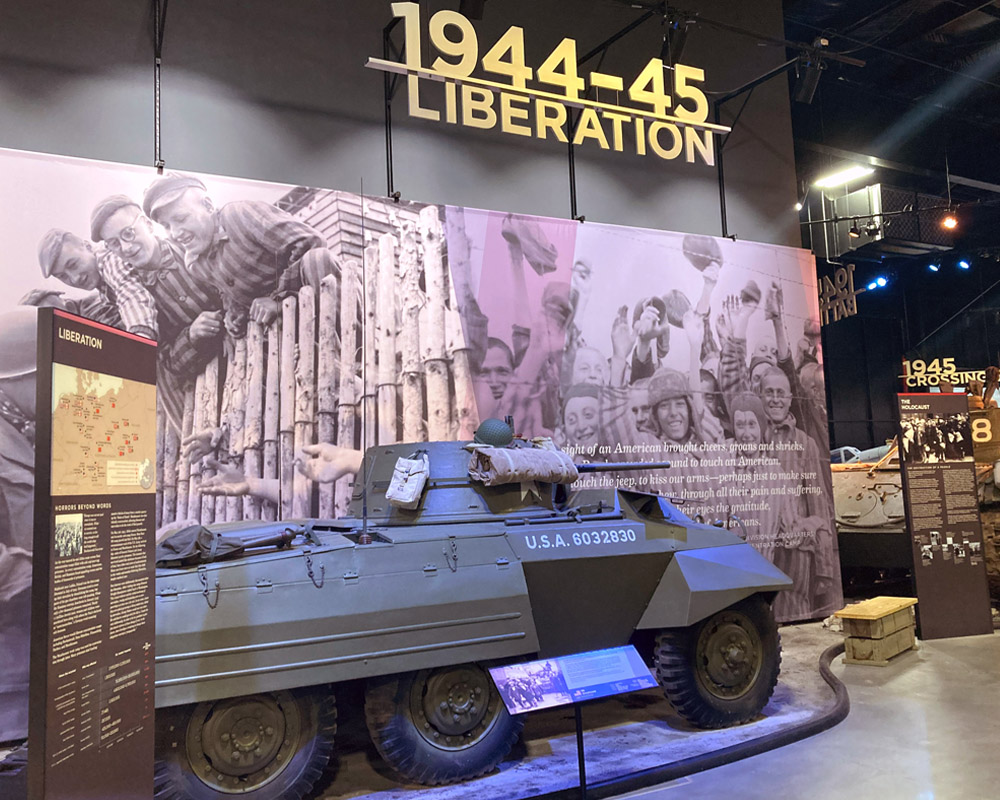The Holocaust, also known as the Shoah, was the genocide of European Jews during World War II. Between 1941 and 1945, Nazi Germany and its collaborators systematically murdered some six million Jews across German-occupied Europe, around two-thirds of Europe’s Jewish population.
In addition to Jews, Nazi Germany also engaged in the systematic killing of 11 million others, including POWs and those from different ethnic, social, political, or religious backgrounds.
In 2005, the United Nations General Assembly voted to designate January 27th as International Holocaust Remembrance Day. The date coincides with the liberation of Auschwitz concentration camp, which occurred on January 27, 1945.
From 1933 to 1945, Nazi Germany operated more than a thousand concentration camps on its own territory and in parts of German-occupied Europe. in 1934, the concentration camps were run exclusively by the SS via the Concentration Camps Inspectorate and later the SS Main Economic and Administrative Office.

Liberated people emerge from the Mauthausen Concentration Camp located in Upper Austria where many horrifying human medical experiments were conducted.
Within the American Heritage Museum’s “1944-1945 Liberation” exhibit we highlight antisemitism, Hitler’s plans of racial purity, global expansionism and the terrible concentration camps that were built where millions were murdered. As WWII neared its
end, Allies came across Nazi concentration camps filled with stick and starving prisoners. In every concentration camp, Americans, British, and Russians found appalling scenes and the bodies of thousands of prisoners. The M8 Greyhound on display in the “1944-1945 Liberation” exhibit was the same type of vehicle to be the first to reach the Mauthausen-Gusen concentration camp with a platoon of troops from Patton’s 3rd Army.
“Those who cannot remember the past are condemned to repeat it.”–George Santayana
If you would like to learn more about the Holocaust, please visit the American Heritage Museum. For additional reading see:
https://en.wikipedia.org/wiki/The_Holocaust
https://www.history.com/topics/world-war-ii/the-holocaust
https://www.ushmm.org/






